They say that America and England are two nations divided by a common language, but is it true? Try your hand at these British terms for auto parts, and don't worry if you get stuck—the photos will help!
Do You Know These 15 British Terms for Auto Parts?
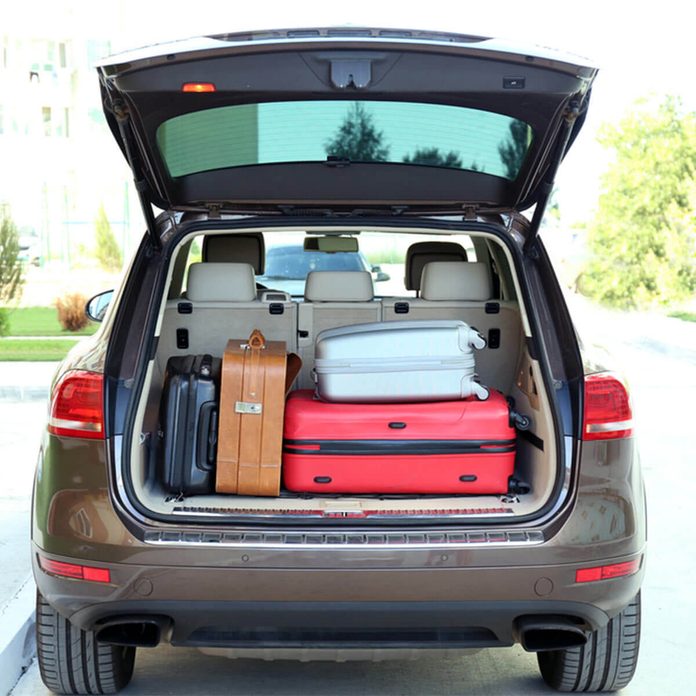
Boot
Now you might think a boot belongs on a foot and a trunk on an elephant, but in auto parts terms, you’d be wrong. The British term for the rear storage space is the boot and the Americans call it a trunk. But whatever you call it, a squeaking sound when you open up your trunk is irritating and could damage your bodywork, so why not show some love and give your car a little lubrication?
Also, find out what a frunk is and what you can do with it if your next car has one.
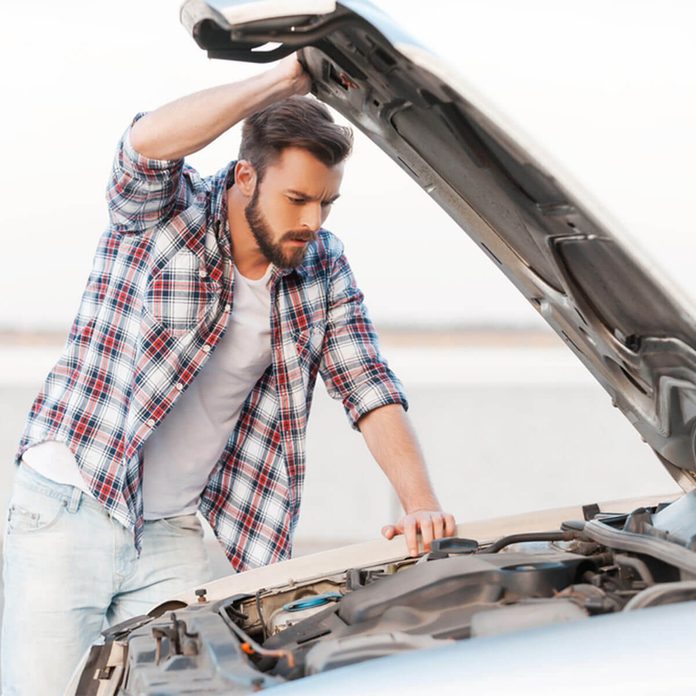
Bonnet
No, we’re not talking about Easter headgear here! The British refer to the cover for the engine space as a bonnet, while the Americans call it a hood. Think of Red Riding Hood! If you ask a Brit to lift the hood, they’ll think you’re asking them to lift their cloak. But seriously, lifting a hood and holding it in place can be an effort, so gas lifts make the job easier and safer.
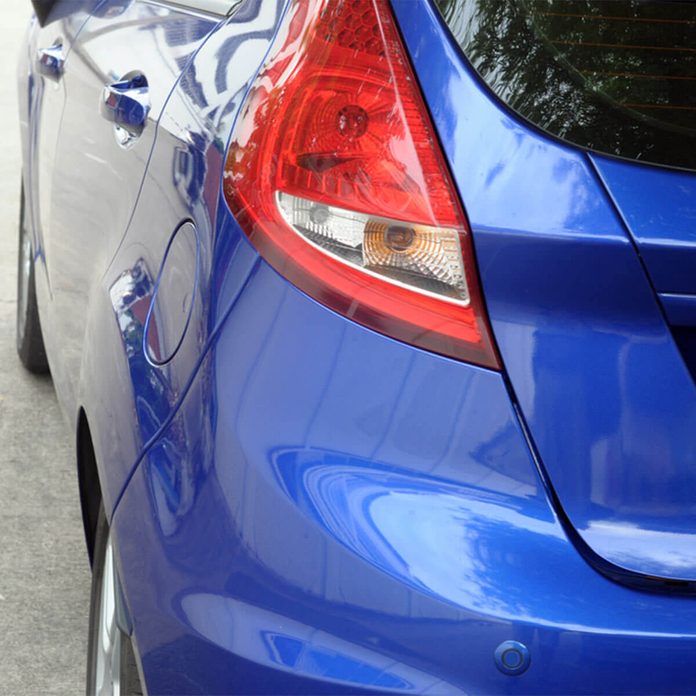
Wing
You find wings on birds and airplanes, so it’s quite natural to have them on cars as well. But if you mention a fender to someone from across the pond they’ll think you’re talking about the protection barrier around an open fireplace.
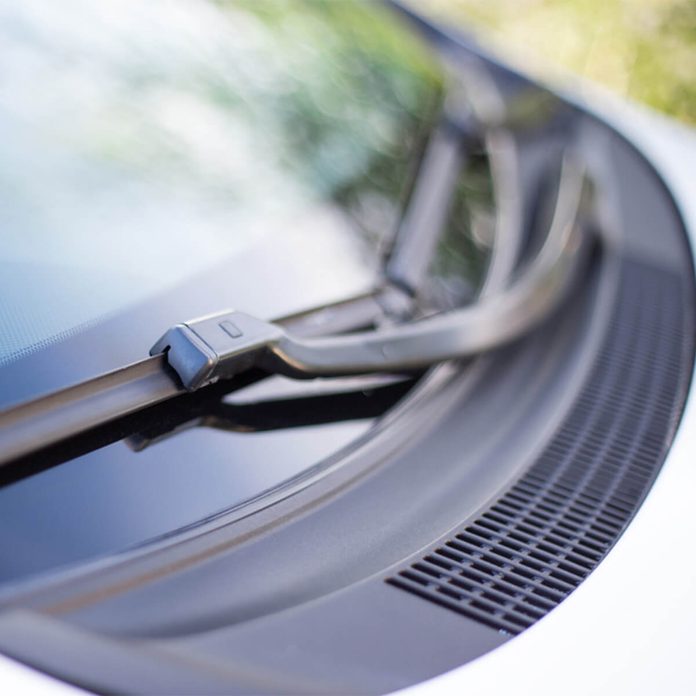
Windscreen
Let’s be honest, the terms windscreen and windshield are not so very different, so you probably didn’t have much trouble guessing this one. Taking good care of your windshield is important, because if it shatters when you’re driving at a high speed, it can be life-threatening. Get any chips or cracks fixed promptly, and always use washer fluid (known to the British as screenwash), to keep your windshield clean. Trying to clear ice on the windshield with hot water could also make it shatter. Here are more tips for getting your car winter-ready.
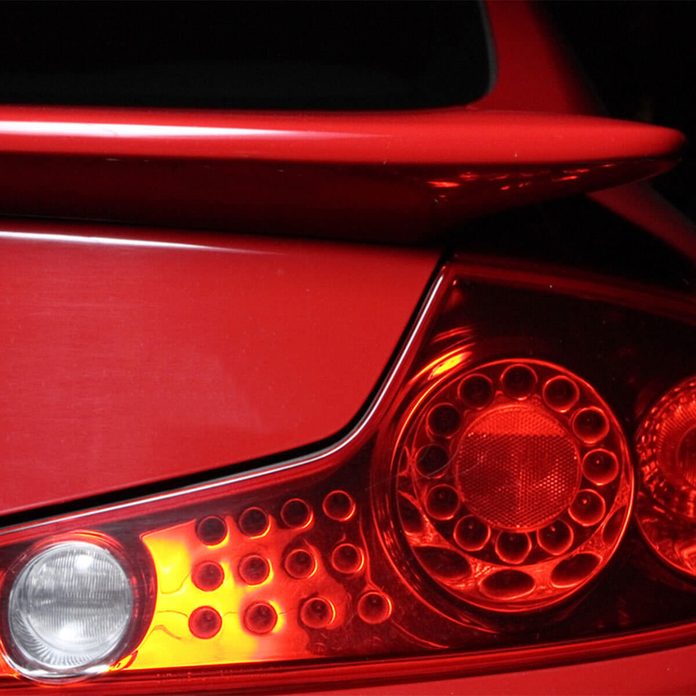
Brake Lights
What the British call brake lights, the Americans call tail lights. But whatever term you use, keeping your rear lights in good working order will not only keep you on the right side of the law but keep you safe in traffic too. Remember to check your tail lights regularly and replace broken bulbs promptly. Check out our guide to replacing lights yourself.
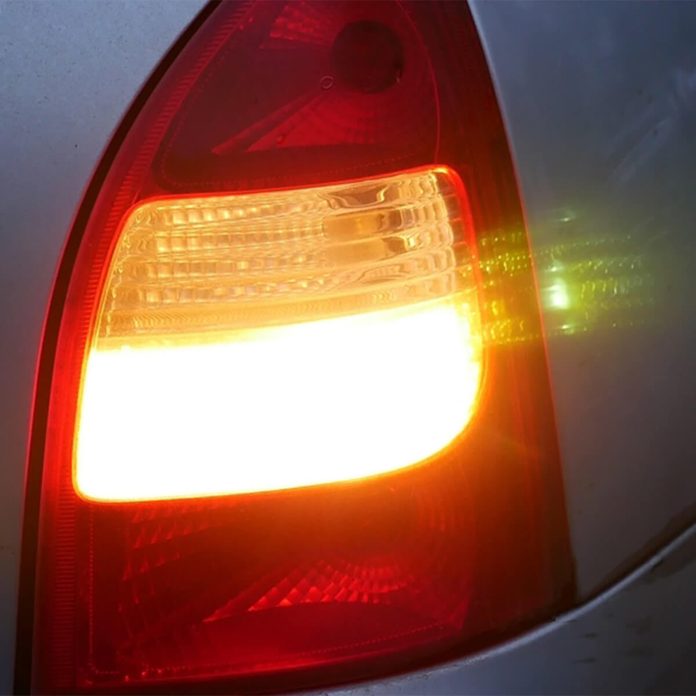
Reversing Lights
The names for these lights speak for themselves. The Brits say reversing lights and the Americans call them back-up lights, but again, keeping them working is essential for safe driving. You don’t want another vehicle to miss the fact that you’re backing up—the results could be serious and expensive. And take a look at our tips for cleaning your headlights—you’ll be glad you did on a dark and stormy night!
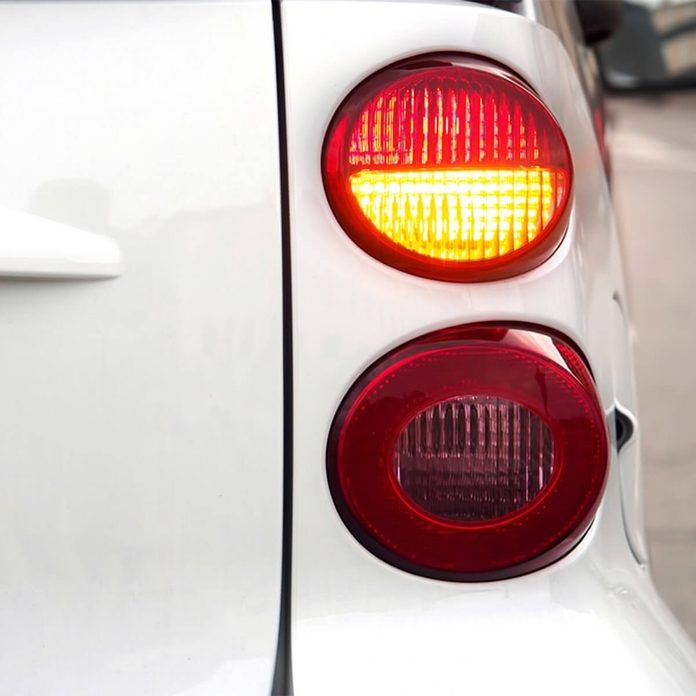
Indicators
In the early days of motoring, you simply stuck your hand out of the window to tell others you were turning. Then there were flip-up lights on the side of the car. Now indicators (known to the Americans as turning lights or blinkers) can be found all over the car, including at the front and rear and sometimes places like wing mirrors or on the car body.
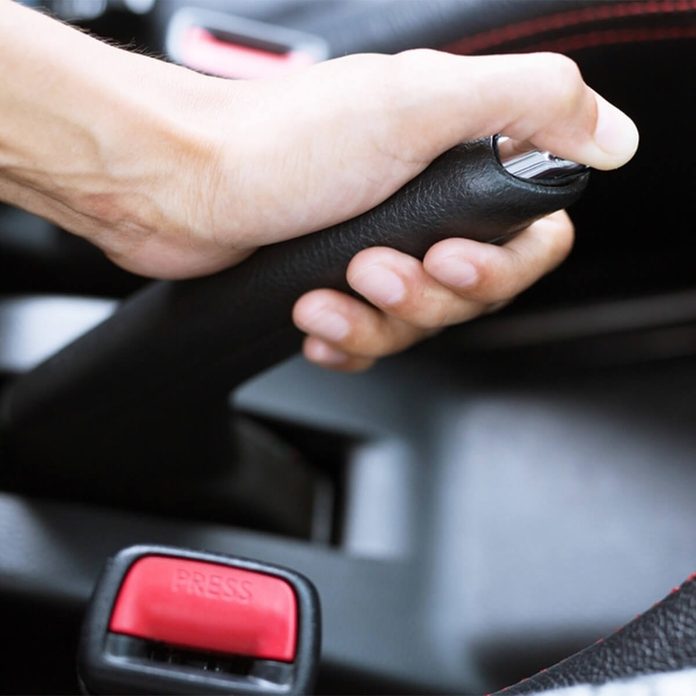
Handbrake
A Brit would say, you use your hand to pull it, so calling it a handbrake is obvious, isn’t it? Well, actually, because you use it for parking and sometimes in an emergency, the American terms parking brake or emergency brake make equal sense. Of course, keeping your brakes in tip-top condition is essential You don’t want to end up chasing your car down a hill because your brakes are faulty! Here’s how to avoid getting ripped off with dud auto parts when you get your brakes serviced.
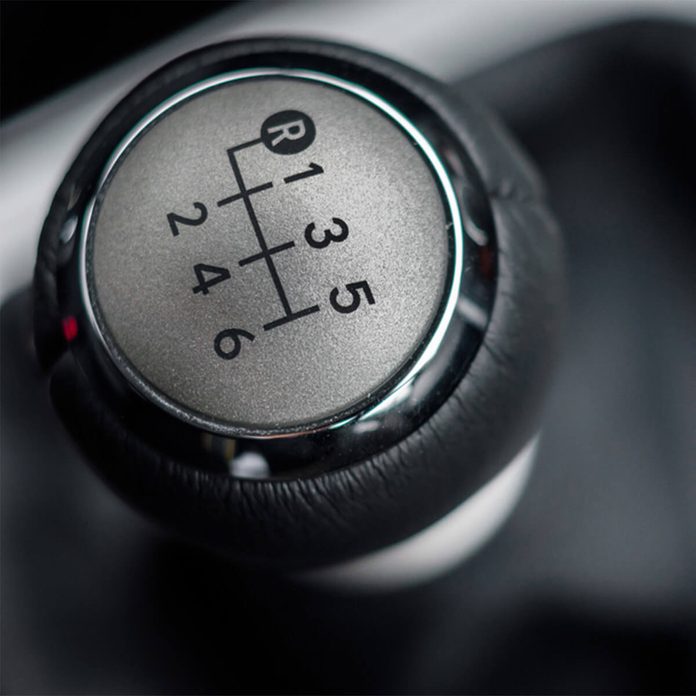
Gearstick
Unless you drive an automatic, you’ll need to use a gearstick to change gear when you’re driving. Again, the America term gear shift is similar, and possibly more accurate as it describes what actually happens when you shift gears. You should find it simple and smooth to change gear, but if you’re having trouble, try checking your lubrication.
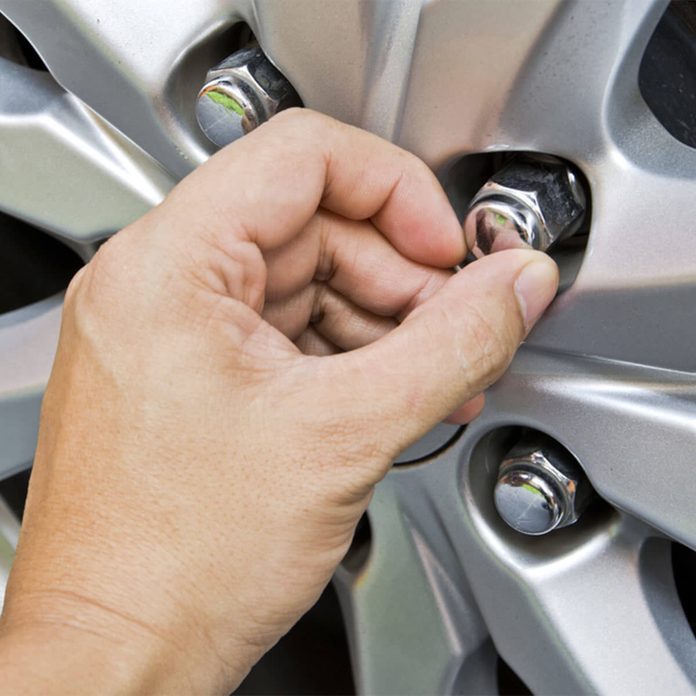
Wheel Nut
Most car wheels have at least six wheel nuts to hold them firmly in place. The Americans call them lug nuts, but ensuring yours are not corroded, and are firmly tightened, should be part of your regular auto parts maintenance routine. The consequences of losing a wheel when you’re driving don’t need to be emphasized, so check yours before your next journey. And if you have a broken lug nut, here’s’ how to fix it yourself.
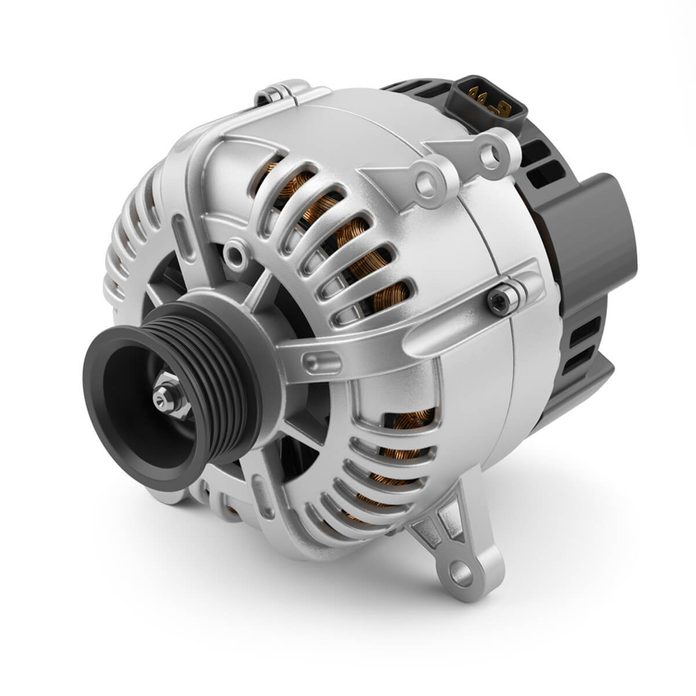
Dynamo
Now it’s time to delve deeper into the engine itself and look at some internal auto parts. The dynamo (or generator) has the important job of charging up your battery as you drive along. If it’s not working properly, you’ll soon realize it, because your battery won’t function properly. Take a look at these other top tips for keeping your battery functioning well.

Gearbox
If you’ve ever crunched your gears when driving, you’ll know how the sensation makes you wince. The sound of all those cogs and metal parts grinding together can set your teeth on edge. All those fast-moving parts are housed in what the British call the gearbox, and the Americans call the transmission.
Of course, keeping everything running smoothly in your engine means using lubricant, so make sure you know the best lubricants to use.
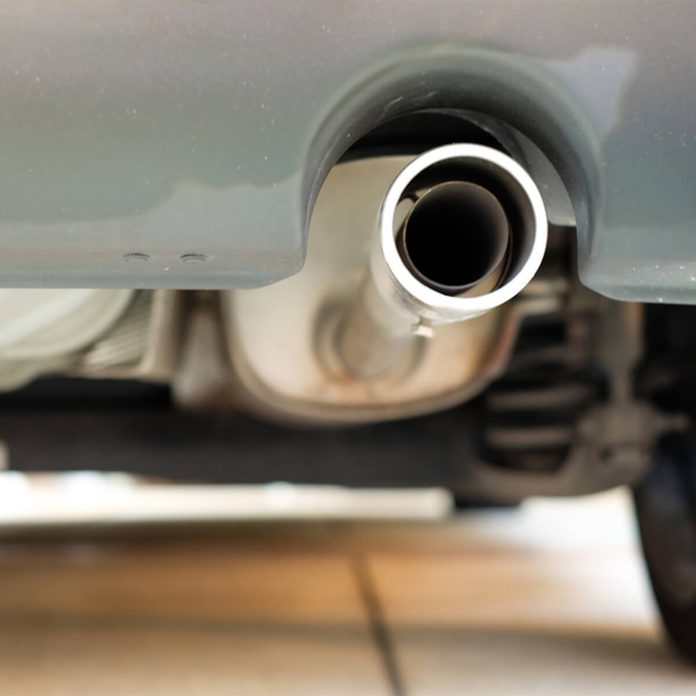
Exhaust Pipe
All the emissions from your car engine need to be expelled somehow, so pumping them out the back of the car is the most sensible solution. Not only is this safer, but it also cuts down on engine noise. If you get a hole in your exhaust pipe (known to the Americans as a tailpipe), and you’ll sound like a Formula 1 racer. You’ll use more fuel too, so keep your tailpipe in good order and fix any holes right away.
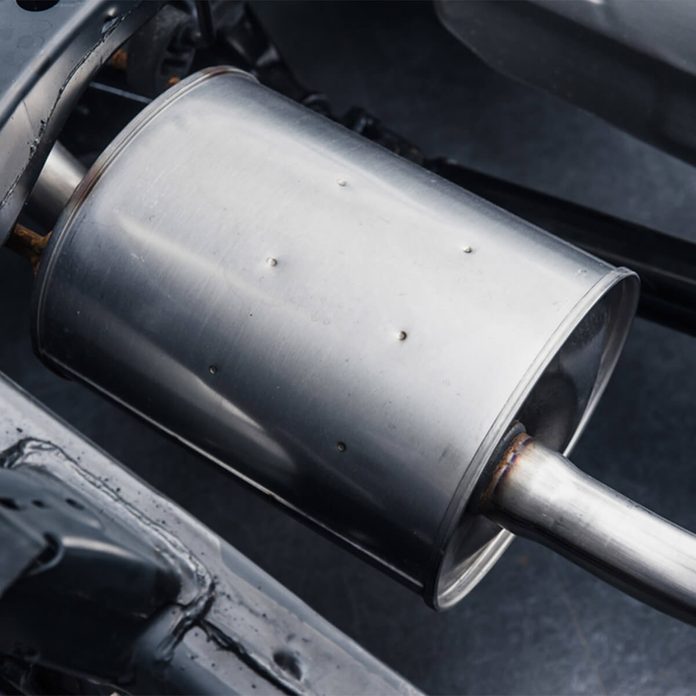
Silencer
The silencer does what it says on the tin—it keeps your car engine from sounding too loud. The American term muffler is similar. With a faulty muffler, your car will rouse the neighbors every time you drive away, and the police will take a dim view of you.



















